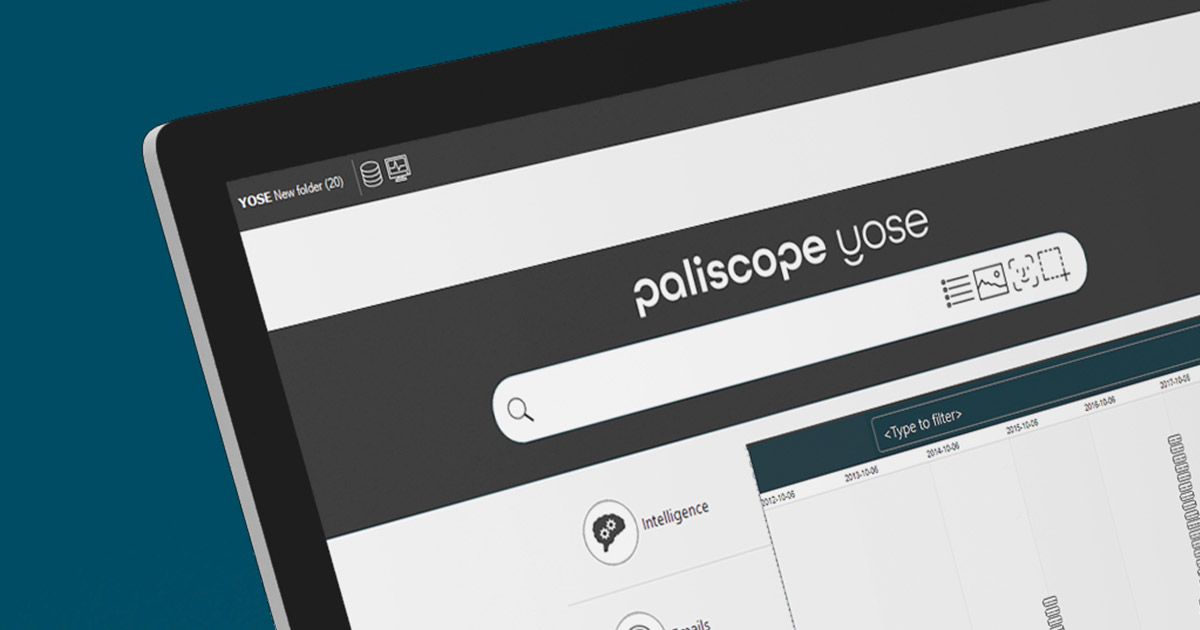Telegram has become the primary communication tool for Ukrainians during the war. It’s used by civilians and the government for various reasons, like coordinating resistance and updating images of where there is a concentration of Russian troops. At the same time, Telegram has also been used by pro-Russian and pro-invasion disinformation actors to disseminate false narratives regarding the war.
This article will tell you more about what opportunities are available for intelligence analysts, what tools can be used to analyze disinformation flows, and how to quickly find valuable data in hundreds of thousands of chat conversations.
The future battlefield – a digital war
Everything happening on the ground in Ukraine is horrific. But we are also seeing an incredibly fast-moving war behind the scenes. Russian propaganda groups are spreading information like never before, and there are hundreds of groups posting up to 2000 messages on Telegram every day.
That’s more than anyone could ever imagine!
On the Ukrainian side, Telegram has proven to be very important. For example, the government in Maripoul is communicating escape routes to civilians, and the resistance is getting updates on where the Russian troops are located so they can coordinate their military response.
All this gives the war a whole different dimension, and it highlights what the future battlefield will look like where information operations will be essential.

Telegram is being used for safety reasons – but is it safer than any other communication tool?
It is interesting to look at why people choose Telegram over other communication tools like WhatsApp, Viber, and Signal.
The main reason is probably that it is easy to create and join channels and groups. But there are also privacy policies that people are concerned about.
There is an infographic online showing different privacy policies between various communication tools. And WhatsApp, for example, shares everything with the law enforcement agencies if they ask for it.
“… Telegram is actually not as safe as people think […] it is possible to use a combination of OSINT tools to identify the location of Telegram users and plot them on a map.”
Telegram only shares information regarding terrorism with law enforcement, which is an advantage for everyday users as it provides a good level of privacy. However, the downside to Telegram not cooperating with law enforcement is that many criminals use it to conduct nefarious activities. For example, groups used to sell drugs, fake IDs, and also distribute child sexual abuse material can be found on Telegram.
And Telegram is actually not as safe as people think it is. Depending on whether you have enabled location services on your mobile device and allowed Telegram to track your location, it is possible to use a combination of OSINT tools to identify the location of Telegram users and plot them on a map.
This feature within Telegram can undoubtedly be useful for the Ukrainian military as it indicates where Russian troops might be concentrated. But it can also be used by the Russian army for the same purpose. As such, security is absolutely key when using Telegram.
Still, people seem to prefer Telegram, and maybe there is another reason for it that we don’t know yet.
Scraping data from Telegram
Many tools can be used to scrape data from Telegram. The majority of such tools are written in Python and based on a Python library called Telethon. Examples of such tools include TelegramScraper and Telepathy.
It is important to note that Telegram has channels and groups. Users can subscribe to channels but cannot see all other users subscribed to that same channel. However, members of Telegram groups can easily be scraped. Telegram groups can be open or invited only depending on the settings implemented by the administrator.
“One group conversation can easily have over 200 000 interactions which you get lined up in an excel file.”
Previously we wrote an article about scraping data from social media platforms. And as you can learn if you read it, all the tools have one thing in common; you can only scrape visible data, meaning you need to be a member of a group to be able to scrape it. The same goes for Telegram groups.
You can, for example, extract group members, entire chats, videos, and images. While using OSINT tools to collect vast amounts of data from Telegram is a great capability itself, the tricky part is what to do with all the data you have collected.
One group conversation can easily have over 200 000 interactions which you get lined up in an excel file. Unfortunately, the search function in excel is not good enough for that enormous amount of data, and looking through it manually will take too much time.

Finding helpful information quickly in over 200 000 messages
One opportunity available when having a lot of information is YOSE™, an analytic tool developed by Paliscope to solve the kinds of problems many analysts face when analyzing a vast amount of data.
In YOSE, you can upload an unlimited number of interactions and make them searchable. You can then search across all messages, using AI to analyze the sentiment to find relevant interactions.
With the AI technology implemented in YOSE, you can also search for matching images or specific objects of interest in media files.
Using a tool like YOSE will save you a lot of valuable time.
Collect the data now – it might be too late after the war.
Some organizations are already scraping data and preserving evidence for the future. So if there is any future war crimes trial, the proof will be there.
It is difficult to predict if evidence scraped from Telegram will be admissible in court, and it will most certainly vary on how it can be used in different countries, just as it does today.
But the best thing to do is probably to start collecting and analyzing now because even if no one can know for sure, we have a hunch that Telegram will apply limitations to their API once the war is over, making it much more difficult to get important information.
Get in touch!
Reach out to learn more or discuss how we can help you in your work.





